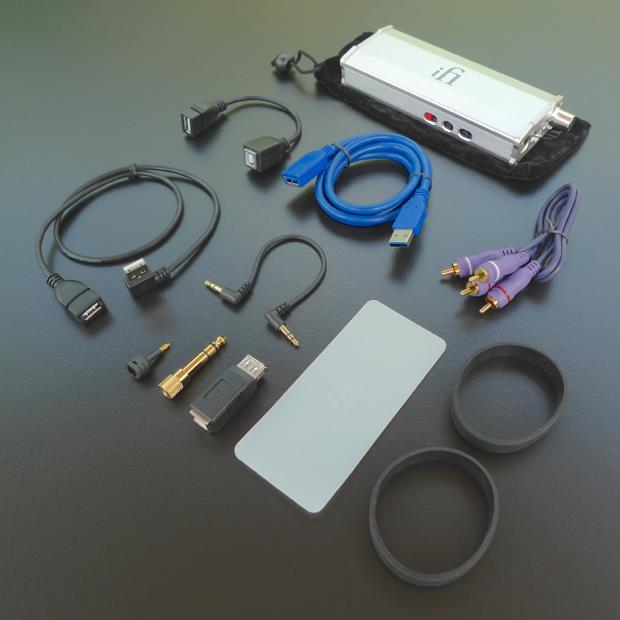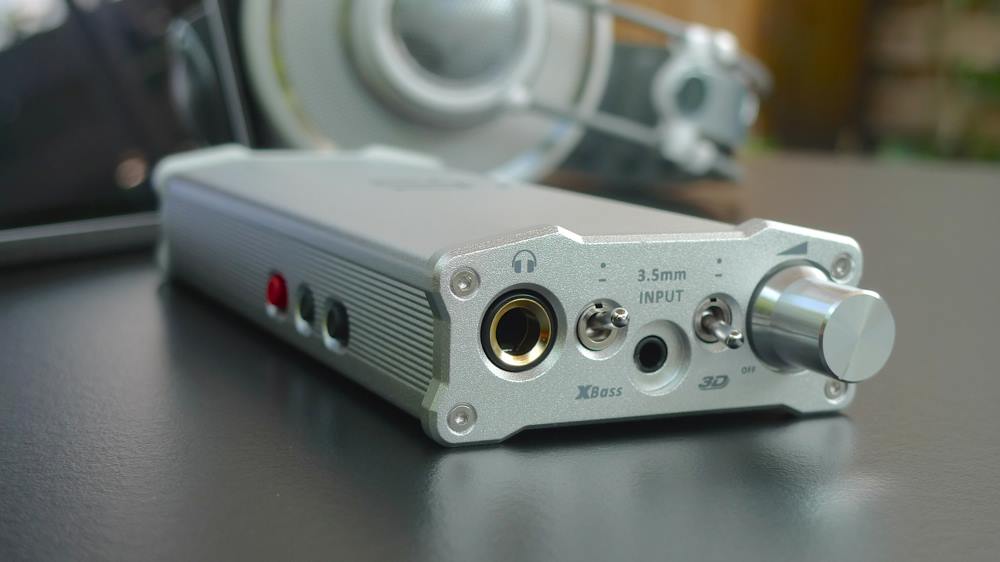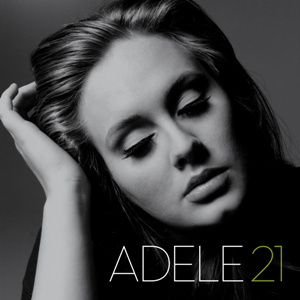The Race to the Top
My good friend and editor Chris Sommovigo likes to say that D to A converters are on “a race to the bottom.” And by this he means that good digital is getting cheaper every day. As each year passes, many of us are astonished at how good digital has become for those of us mere mortals who don’t have $10K or so to spend on a digital source. Honestly I think Chris is entirely right but I like to think about it this way: digital designers are narrowing the gap to reference digital sound quality so on the sound dimension it is a “race to the top.” Now it is pure physics and, yes, simple economics that better parts are going to cost more and the best implementations of digital will require more design and labor. So I’m not under the illusion that budget DACs will equal reference DACs. Often in this hobby you get what you pay for. However, there are clearly some products that offer up exceptional value for the dollar.But what exactly constitutes “exceptional sound quality”? Since becoming a serious audiophile in 1989 I have begun to feel strongly that the best products excel in two areas: musicality and resolution. The landscape is littered with products that do one of these things correct but not the other at the same time. We hear many products that sound warm and are pleasant to listen to. But over time we crave more detail. We want to hear all the things that recreate the illusion of a live event or at least the best presentation of that live studio-based recording. But often lesser designers who go fully for resolution create a product that is detailed – which is good – but it results in a clinical sound, sometimes a “surgical” view of the music that may be precise in measurement but cold and edgy sounding. Live music is not cold and edgy, it has a natural warmth. A violin has warmth in its timbre and hearing details like the rosin-y sound of the bow leads to the suspended belief that a real instrument is “hanging” between the speakers. But how often have you heard a live violin that is edgy and overly-sharp sounding? I hear this quite often at audio shows. But listen to a good digital system and you will hear the warmth and sweetness of a fine violin while still hearing all the necessary details of an acoustic instrument.
In my experience experimenting with a wide variety of DACs, the best deliver the detail we want but preserve the warmth that comes naturally with. Not the overly warm, “tube sound” of days past but a nice, neutral midrange warmth that pulls you into the music.
In my experience, few DACs deliver the goods on both dimensions of musicality and resolution. But boy oh boy, when they do it is so addicting. A quick listen to one track becomes a listen to the full album. Time escapes me.
A few weeks ago I found myself in the Wilson Audio and VTL room at the Rocky Mountain Audio Fest thinking a lot about digital because Peter McGrath had been playing his hirez digital recordings, including a Tosca from I believe the Florida Philharmonic, that knocked my socks off. The digital source was, of course, the revered and well beyond my pay-grade dCS “half-stack”. This was the “Full Monte”. Now having VTL electronics paired with Wilson speakers was certainly helping but there was something else going on. The music was flowing, it didn’t
sound digital… it was too open and effortless for that. Unfortunately this partial assemblage of the dCS stack was well north of $60K. It got me thinking however that the rare combination of musicality and resolution is absolutely essential in digital. On the more affordable side of things I heard similar ease and effortlessness with a friend’s PS Audio DirectStream DAC designed by Ted Smith and the Chord Hugo designed by Robert Watts, both FPGA implementations. But here we are still at $2,400 for the Hugo, which still may out of range for some.
I wondered if we could get some of this musicality and resolution magic with a more affordable DAC. My friend had been having good experiences with the iFi products from AMR so I wondered if the more expensive iDSD Micro from iFi would be a good value for $499. Frank, the GuruFather, agreed on the idea and I soon had a nice little box from Darren Censullo of Avatar Acoustics, the North American distributor for iFi and AMR. I was especially excited to get started as I had downloaded a bunch of DSD music files and the iDSD Micro plays all manner of file formats, PCM and DSD alike.
 Like I found their iUSB power conditioner, the iDSD Micro was packaged up like a fine Apple product with all sorts of connecting cables. The Micro is a nice slender, portable 6” by 2.5” contoured aluminum box. It has RCA outs so you can run it as a component in your main rig or it has a headphone amp so you can attach some cans and listen at the office desk like I am now. It has a 1/4 inch headphone jack and the increasingly common 1/8 inch IEM-style input. There are two sound switches on the jack side as well next to the small silver volume control. The first is the “XBass” toggle-switch which can offer up extended bass on some headphones, and the second is the “3D Holographic Sound” which creates a holographic sound field not unlike listening to a pair of speakers. In my listening I preferred both switches engaged, which is the “up” position.
Like I found their iUSB power conditioner, the iDSD Micro was packaged up like a fine Apple product with all sorts of connecting cables. The Micro is a nice slender, portable 6” by 2.5” contoured aluminum box. It has RCA outs so you can run it as a component in your main rig or it has a headphone amp so you can attach some cans and listen at the office desk like I am now. It has a 1/4 inch headphone jack and the increasingly common 1/8 inch IEM-style input. There are two sound switches on the jack side as well next to the small silver volume control. The first is the “XBass” toggle-switch which can offer up extended bass on some headphones, and the second is the “3D Holographic Sound” which creates a holographic sound field not unlike listening to a pair of speakers. In my listening I preferred both switches engaged, which is the “up” position.
As for inputs, this is where things get a little unusual. There are two inputs for your digital stream, a normal SPDIF input from perhaps a CD transport, and a “camera kit” input which is a sort of boxy looking USB input. I initially found this odd because it requires one to use a supplied adaptor if you have a normal USB audio cable with a Type A end. I found this a bit strange initially but then I had a conversation with Vincent Luke of iFi and he mentioned that it actually fits the “camera kit” output from an iPad, so iFi was simply wanting to easily enable a iPad/iPhone connection for on the road use. The good news here is that the supplied adaptor works well and doesn’t seem to impact the sound quality. I am told by iFi that the “iPurifier” is built-in to the Micro so that certainly helps. Overall it’s a compact system with good versatility in terms of use in the main rig or as a desk/portable system. For this review, I listened to the new Amarra 3.0.3 software on my i7 chipped Macbook Pro along with some hirez files and a Shunyata Venom usb cable.
 There are sliding switches to adjust for power mode, polarity, digital filtering (I kept it on bit-perfect). It also has a switch to match the amp better to IEMs on the bottom of the unit. It even has a switch to enable the volume control to act as a preamp! They seem to have thought of everything for something this size.
There are sliding switches to adjust for power mode, polarity, digital filtering (I kept it on bit-perfect). It also has a switch to match the amp better to IEMs on the bottom of the unit. It even has a switch to enable the volume control to act as a preamp! They seem to have thought of everything for something this size.
This device sounded pretty darn good right out of the box. But it seemed to settle in on the high and low frequencies over the next two weeks. I decided to play both hirez and 16/44 files since I find both give me a good indication of sound quality. We were off to a good start. Here are some observations from a few of my favorite tracks:
 Adele, Rolling in the Deep (16/44) off of her second album, 21. This impressed me. My current DAC does not have the rhythm and pace that the Micro exhibits on this song. It’s fun. Such good dynamics and so musical. My first reaction was that the Micro was pretty smooth sounding but the good kind, not the “rolled off” kind.
Adele, Rolling in the Deep (16/44) off of her second album, 21. This impressed me. My current DAC does not have the rhythm and pace that the Micro exhibits on this song. It’s fun. Such good dynamics and so musical. My first reaction was that the Micro was pretty smooth sounding but the good kind, not the “rolled off” kind.
 Alison Krauss & Union Station, Lie Awake (24/96). This is a test track for me on bass reproduction. It is well recorded by Gary Paczosa, like all of the Paper Airplane album. The opening chords are hard to get right on some gear. On the best gear, the bass has a good foundation that creates a nice balance to Alison’s angelic voice.
Alison Krauss & Union Station, Lie Awake (24/96). This is a test track for me on bass reproduction. It is well recorded by Gary Paczosa, like all of the Paper Airplane album. The opening chords are hard to get right on some gear. On the best gear, the bass has a good foundation that creates a nice balance to Alison’s angelic voice.
 Ernest Ansermet with Royal Opera House Orchestra, The Royal Ballet Gals Performances (16/44). This is one of my favorite classical works since I am a fan of the Ansermet and great recordings. I managed to luck into the Classic Records mastering of this performance that Bernie Grundman did for CD and it sounds terrific, just like the LP set. The Micro allowed all of the high frequency extension to shine through and there are oodles of detail in this recording captured. Dynamic, layered, detailed, musical, flowing. The Micro captured all of the elements of strong classical playback. Color me impressed.
Ernest Ansermet with Royal Opera House Orchestra, The Royal Ballet Gals Performances (16/44). This is one of my favorite classical works since I am a fan of the Ansermet and great recordings. I managed to luck into the Classic Records mastering of this performance that Bernie Grundman did for CD and it sounds terrific, just like the LP set. The Micro allowed all of the high frequency extension to shine through and there are oodles of detail in this recording captured. Dynamic, layered, detailed, musical, flowing. The Micro captured all of the elements of strong classical playback. Color me impressed.
For reasonable money the Micro was offering spectacular performance. So my mind began to wander… How would this product do against more expensive gear? I had a friend bring over a well-regarded $2,000 DAC for a comparison. It was close at first but we began to notice subtle but important improvements from the Micro over the more expensive unit. It had better bass, for instance, and it seemed to handle the pacing of the music a bit better. At this point I was a believer. The Micro also benefits from a high quality headphone amp that appears to drive even the toughest cans. I did not quite hear the outright openness and magic I heard on the Chord Hugo but at one-fifth the price the sound was terrific.
At $499 the iFi iDSD Micro is a required audition if you are looking for DACs under $2K. The Micro is a perfect example of a device that is narrowing the gap between budget and reference performance in the “Race to the Top.”















Reply
Reply
Reply
Reply
Reply
Want to join discussion?
Feel free to contribute!